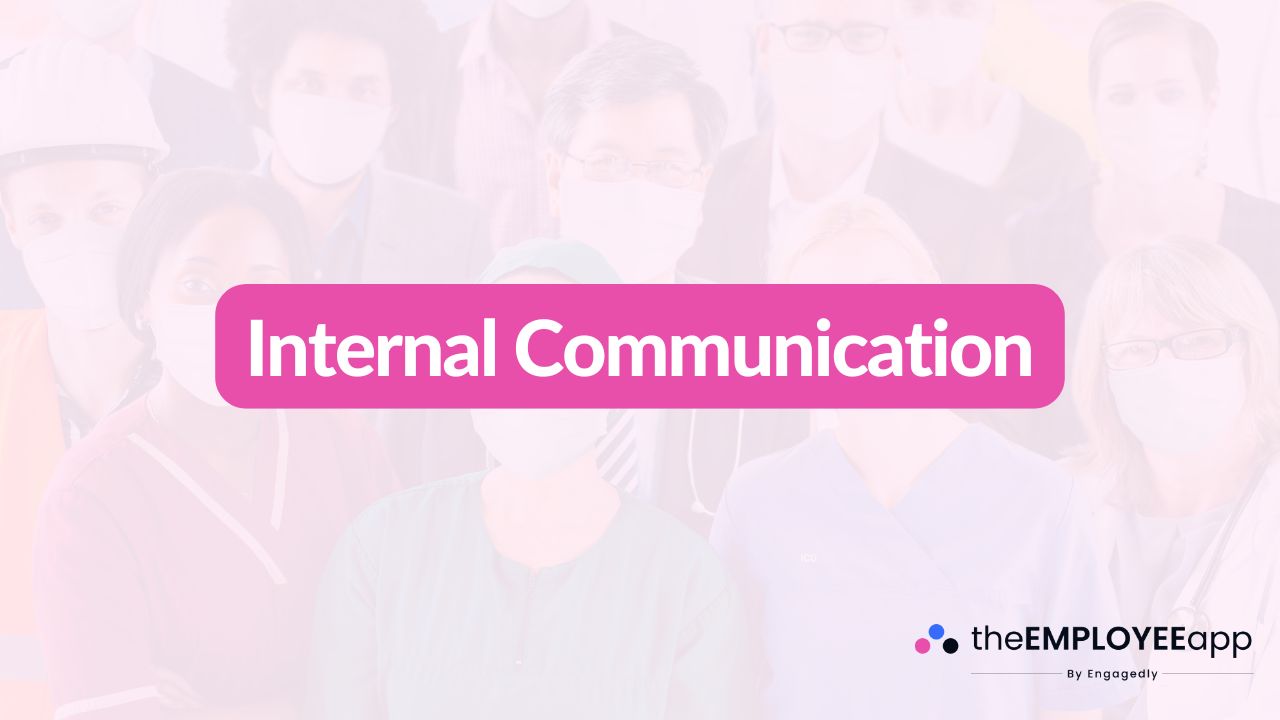
Internal communication refers to the way information flows within an organization. It includes the methods, tools, and strategies used to share updates, align employees with company goals, and foster collaboration. Effective internal communication ensures that employees are informed, engaged, and able to perform at their best.
At its core, internal communication is about how leaders, managers, and teams exchange information. This can include company announcements, HR updates, performance goals, or even informal recognition messages. The aim is to create a two-way exchange where employees not only receive messages but also feel encouraged to provide feedback.
Modern internal communication is no longer limited to emails and memos. Organizations now use mobile apps, intranet platforms, team chat tools, and digital signage to reach employees—especially those on the frontline who may not sit at desks all day.
Strong internal communication is the foundation of an engaged workforce. When employees know what’s happening, they feel connected to the organization and its mission. Key benefits include:
Improved Alignment: Employees understand goals, priorities, and how their work contributes.
Higher Engagement: Regular communication builds trust and keeps employees motivated.
Faster Decision-Making: Clear communication reduces confusion and misinterpretation.
Stronger Culture: Reinforces company values and fosters inclusivity.
Reduced Turnover: Transparency makes employees feel valued and respected.
Poor communication, on the other hand, leads to disengagement, mistakes, and lower productivity.
Internal communication takes different forms, depending on the audience and message:
Top-Down Communication
Information flowing from leadership to employees, such as strategic updates, policy changes, or cultural messages.
Bottom-Up Communication
Feedback from employees to managers or leadership, ensuring employee voices are heard.
Peer-to-Peer Communication
Colleagues collaborating, sharing knowledge, or recognizing one another’s contributions.
Crisis Communication
Quick, clear messaging during urgent or sensitive situations, such as safety issues or emergencies.
To make internal communication effective, organizations should focus on clarity, accessibility, and consistency. Here are proven best practices:
Know Your Audience: Tailor messages to different groups—frontline workers, managers, and executives.
Choose the Right Channels: Use mobile apps, intranet, chat tools, or even digital kiosks for non-desk workers.
Keep It Clear and Concise: Employees are more likely to engage with simple, easy-to-digest communication.
Encourage Two-Way Dialogue: Create opportunities for feedback through surveys, Q&A sessions, or town halls.
Be Consistent: Establish a cadence, such as weekly updates or monthly newsletters, so employees know when to expect information.
Celebrate Successes: Recognize achievements to strengthen engagement and morale.
Despite its importance, many organizations struggle with internal communication. Common challenges include:
Information Overload: Employees receive too many messages and tune out.
Disconnected Frontline Workers: Deskless employees often lack access to traditional communication tools.
Inconsistent Messaging: Different departments may share conflicting or unclear updates.
Low Engagement: Employees may ignore messages if they feel irrelevant or repetitive.
Solving these issues requires intentional strategy, leadership buy-in, and technology that supports all employees, regardless of where they work.
As the workplace becomes more hybrid and distributed, internal communication is evolving. Companies are adopting mobile-first communication platforms, AI-driven chat assistants, and personalized messaging. Video messages from leadership, interactive surveys, and engagement platforms are replacing one-way announcements.
The future emphasizes inclusivity and accessibility, ensuring every employee—whether in an office, a store, or a factory floor—receives timely and relevant communication.
Internal communication is more than just sending out company updates—it is about building connections, reinforcing culture, and engaging employees. When done well, it drives trust, productivity, and long-term retention. For organizations that want to thrive, prioritizing internal communication is no longer optional. It is the foundation of a connected, high-performing workforce.
